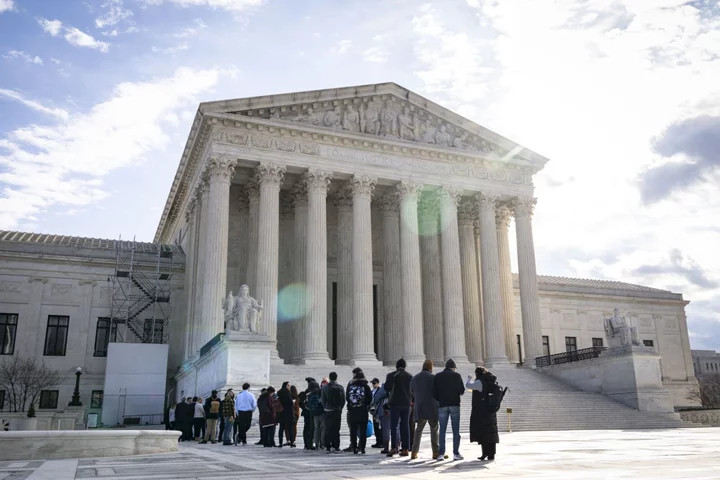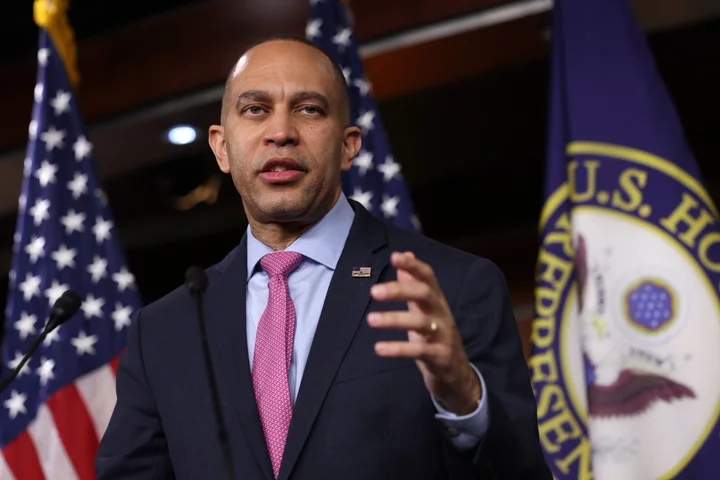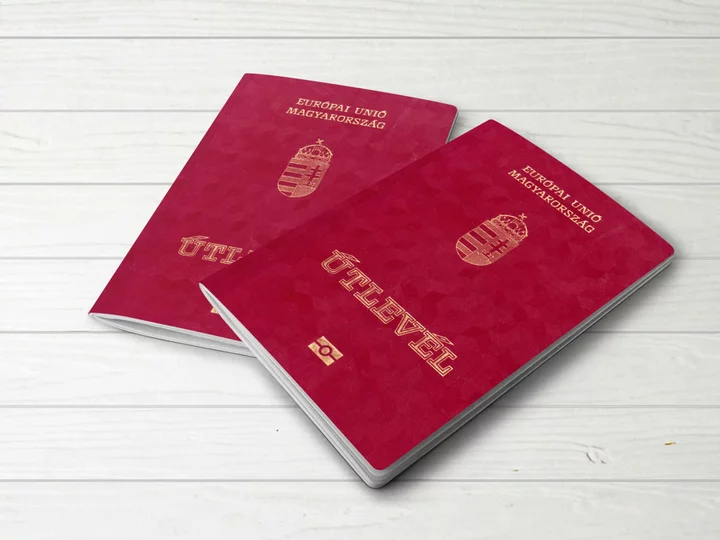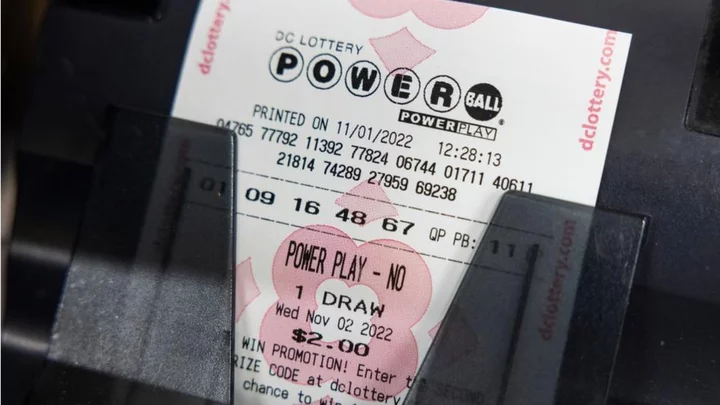The US Supreme Court gave an unexpected boost to the Voting Rights Act, rejecting a Republican-drawn congressional map in Alabama and upholding a decision that requires a second majority Black district.
The 5-4 decision marks a major turn for a court that twice in the last decade has significantly cut back the landmark law, enacted in 1965 to protect minority rights at the polls.
Democrats and civil rights activists said the Voting Rights Act required a second heavily Black district in Alabama, a state with seven US congressional seats and a 27% Black population. Republicans and their allies were seeking to give lawmakers more leeway to draw maps without considering the impact on racial minorities.
Chief Justice John Roberts and Justice Brett Kavanaugh joined the court’s liberals in the majority. Roberts said Alabama was trying to “remake our Section 2 jurisprudence” with its arguments.
“We find Alabama’s new approach to Section 2 compelling neither in theory nor in practice,” Roberts wrote.
Justices Clarence Thomas, Samuel Alito, Amy Coney Barrett and Neil Gorsuch dissented.
“The question presented is whether Section 2 of the Act, as amended, requires the state of Alabama to intentionally redraw its longstanding congressional districts so that black voters can control a number of seats roughly proportional to the black share of the state’s population,” Thomas wrote. “Section 2 demands no such thing, and, if it did, the Constitution would not permit it.”
Given the state’s voting patterns, a second heavily Black district almost certainly will give Alabama a second Democratic representative. The state now has six Republicans and one Democrat in the House.
The Supreme Court put the lower court ruling on hold last year, ensuring the Republican-drawn map would be used for the 2022 election. Kavanaugh was in the majority then, saying it was too close to election to require a new map.
Section 2 outlaws election rules that discriminate on the basis of race. The Supreme Court has said in the past the law bars states from drawing voting lines in a way that dilutes the power of racial minorities.
The case is Allen v. Milligan, 21-1086.
(Updates with more from ruling starting in fourth paragraph.)









